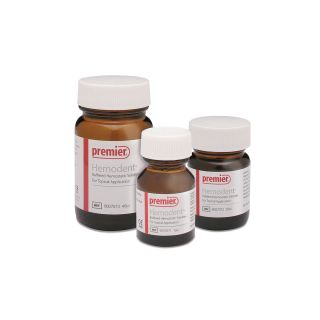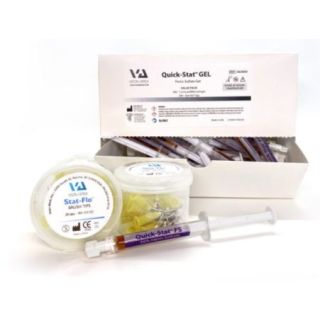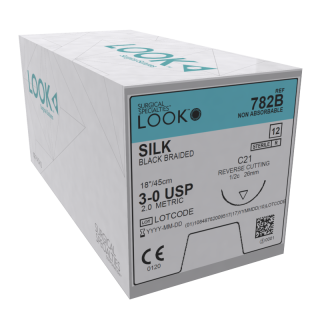0.9% Sodium Chloride Irrigation, USP
This product is a sterile, nonpyrogenic solution of electrolytes in water for injection intended only for sterile irrigation, rinsing, dilution and cell washing purposes.
Each 100 mL of 0.9% Sodium Chloride Irrigation, USP contains: Sodium chloride 900 mg. pH 5.6 (4.5 - 7.0). The solution is isotonic (308 mOsmol/liter, calc.) and has the following electrolyte content (mEq/liter): Na+154; Cl-154.
- This irrigation solution contains no bacteriostat, antimicrobial agent or added buffer and is intended only for use as a single-dose, short procedure irrigation, or cell washing fluid. When smaller volumes are required the unused portion should be discarded.
- It may be classified as a sterile irrigant, rinse, diluent, cell wash and pharmaceutical vehicle.
- Sodium Chloride, USP is chemically designated NaCl, a white crystalline powder freely soluble in water.
- Water for Injection, USP is chemically designated H2O.
The flexible plastic container is fabricated from a specially formulated polyvinylchloride. Water can permeate from inside the container into the overwrap but not in amounts sufficient to affect the solution significantly. Solutions in contact with the plastic container may leach out certain chemical components from the plastic in very small amounts; however, biological testing was supportive of the safety of the plastic container materials. Exposure to temperatures above 25 ?/77? during transport and storage will lead to minor losses in moisture content. Higher temperatures lead to greater losses. It is unlikely that these minor losses will lead to clinically significant changes within the expiration period.
| Manufacturer | House Brand |
|---|








